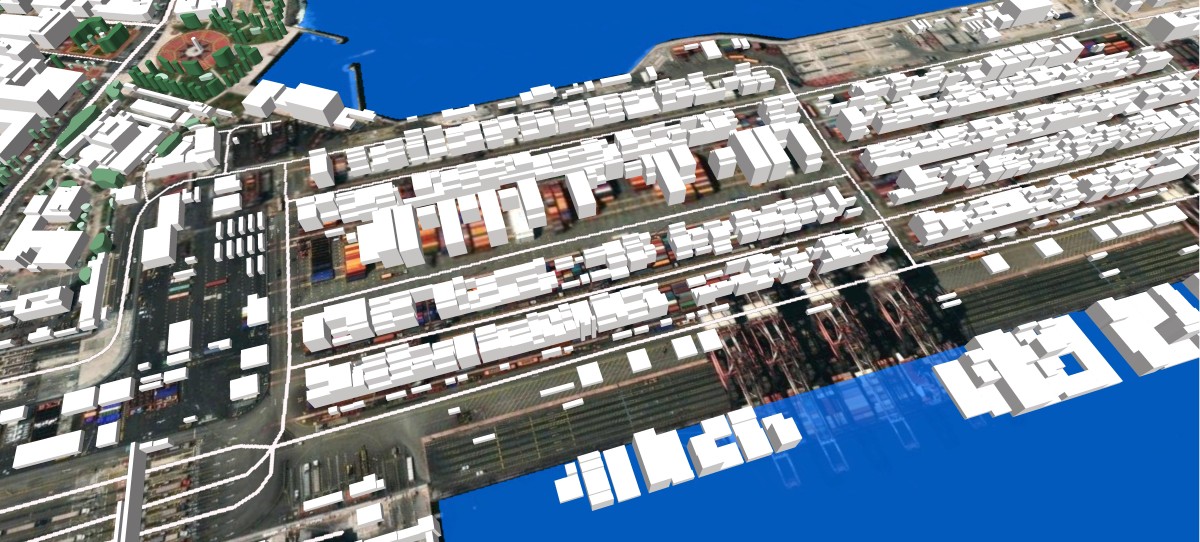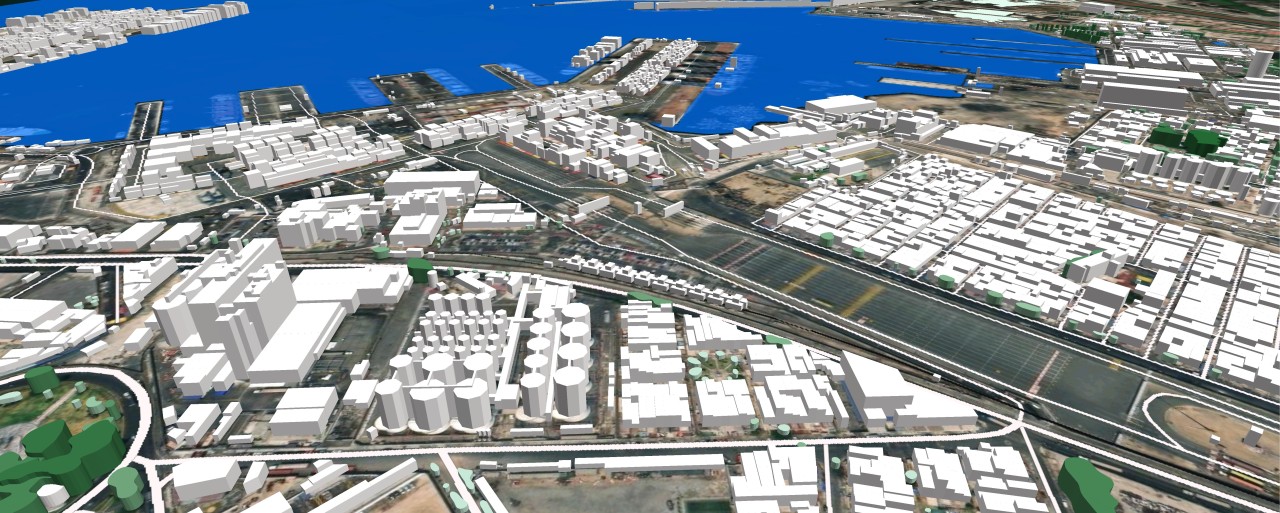Rising cargo volumes demand new solutions.
Global demand for freight transport may triple by 2050. Ports, as critical logistics hubs, must adapt to this scale. Digital transformation is no longer a luxury — it is a necessity. Automation and the integration of people, machinery, and data into a unified ecosystem form the basis for building a modern Smart Port.
Port digitalization – a new driver for global trade
The main challenges are not only ensuring the uninterrupted operation of supply chains but also maintaining security within complex infrastructure. The larger the cargo volume, the higher the risks. The answer lies in digital modernization: enhancing infrastructure and processes through 5G and IoT.
5G + IoT: The Technological Foundation of the Smart Port
Unlike public networks or Wi-Fi, a private 5G network provides full control over traffic and ensures maximum data transmission speed, low latency, and secure connectivity within port infrastructure.
Advantages of 5G in ports:
- Reliable operation of thousands of IoT devices
- Instant response to changes in the production environment
- Support for mission-critical operations without delays
- Energy efficiency and security
The Internet of Things (IoT) connects cranes, trucks, sensors, and workers’ mobile devices — enabling real-time automation of inventory, asset management, maintenance, and safety.
A Private 5G Network gives ports full flexibility for scaling, monitoring, and innovation. It’s an investment in resilience and efficiency.
A private 5G network enables ports to:
- Collect equipment data in real time
- Work with digital twins
- Automate asset management
- Reduce switching time between network zones
- Support mission-critical processes without delays
Digital 3D Maps: accuracy and depth for port management
However, digital transformation is impossible without precise geospatial data. The complex infrastructure of ports — terminals, cranes, warehouses, ships — requires three-dimensional representation. This is where 3D models of port areas, developed by VISICOM, take center stage.

What a digital 3D port map provides:
- Simulation of transport and cargo flows
- Planning of new facilities and infrastructure
- Integration with BIM and digital twin systems
- Visualization for investors and safety scenario planning
- Support for strategic development
What we Offer Ports
High-value geospatial solutions, including:
- Ultra-precise 3D port maps with 0.5-1 m resolution
- Full compatibility with any GIS platforms
- Custom data products tailored for specific projects and operational requirements
Planning 5G infrastructure in port environments requires highly detailed mapping, especially due to the sensitivity of mm-wave signal propagation. We ensure that all objects and obstacles will be considered:
- 3D buildings include rooftop features
- Vegetation is modeled with crown and trunk
- Cranes, containers, warehouses, and even long-stationed ships are classified as signal-blocking obstacles
- Custom clutter classes reflect the real-world port environment
High-accuracy vector maps also cover:
- Road networks
- Railway lines
- Tunnels, parking zones, and other key logistics
This level of detail is essential for secure and effective planning of digital communication and access systems across port areas.
Practical Benefits
We create global, high-precision 3D geodata to support your infrastructure projects with unmatched reliability and spatial accuracy.
For more details or to request free test data, feel free to contact us.


